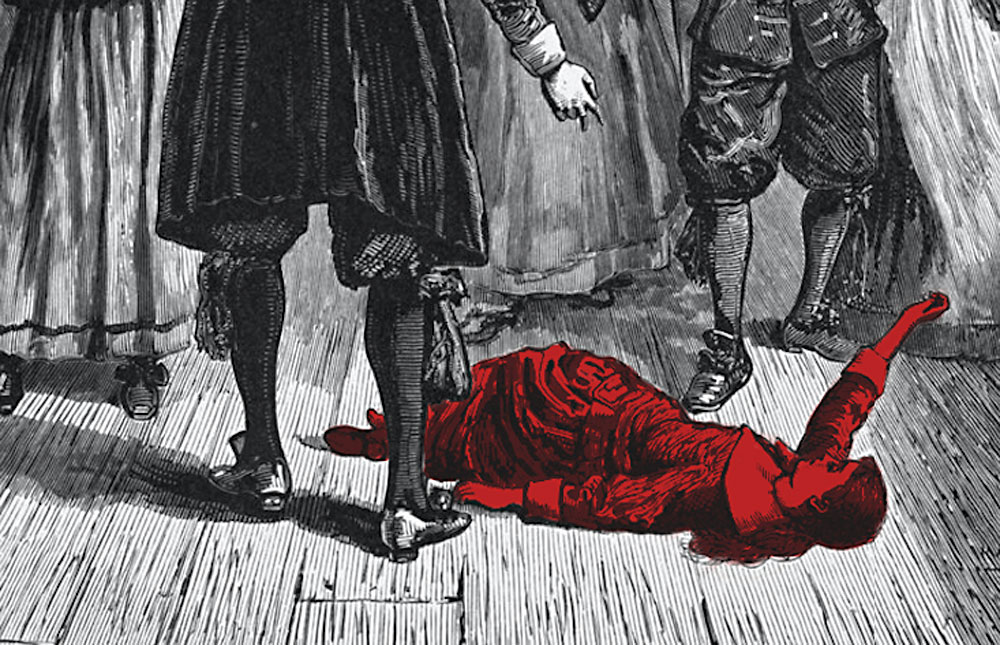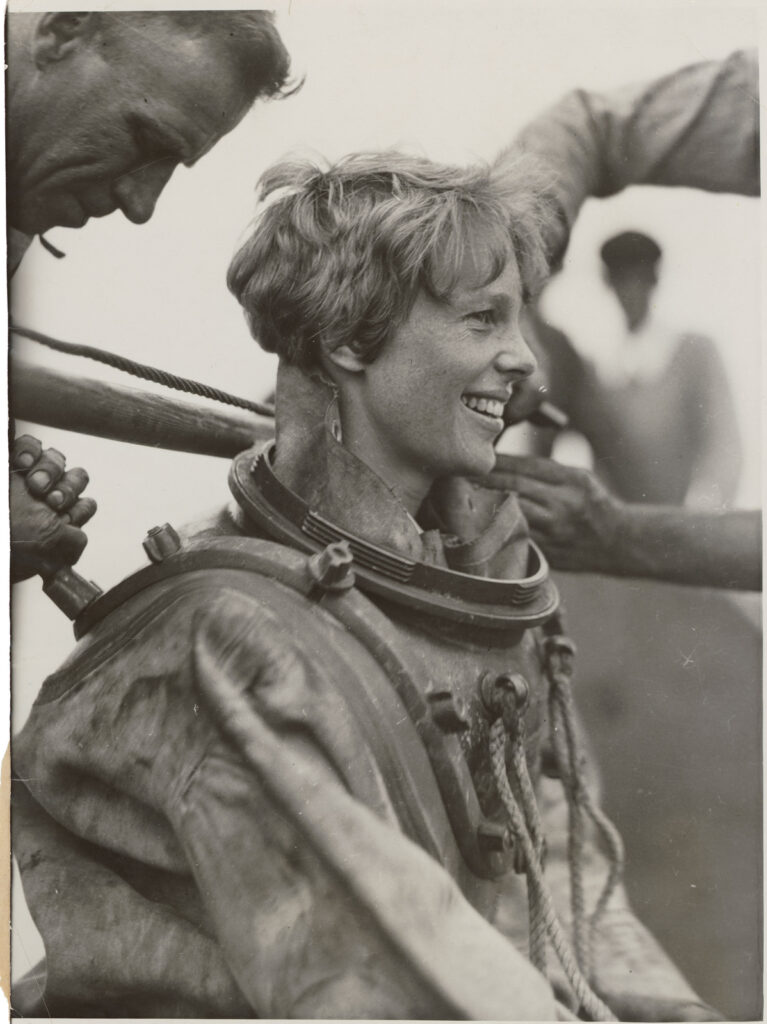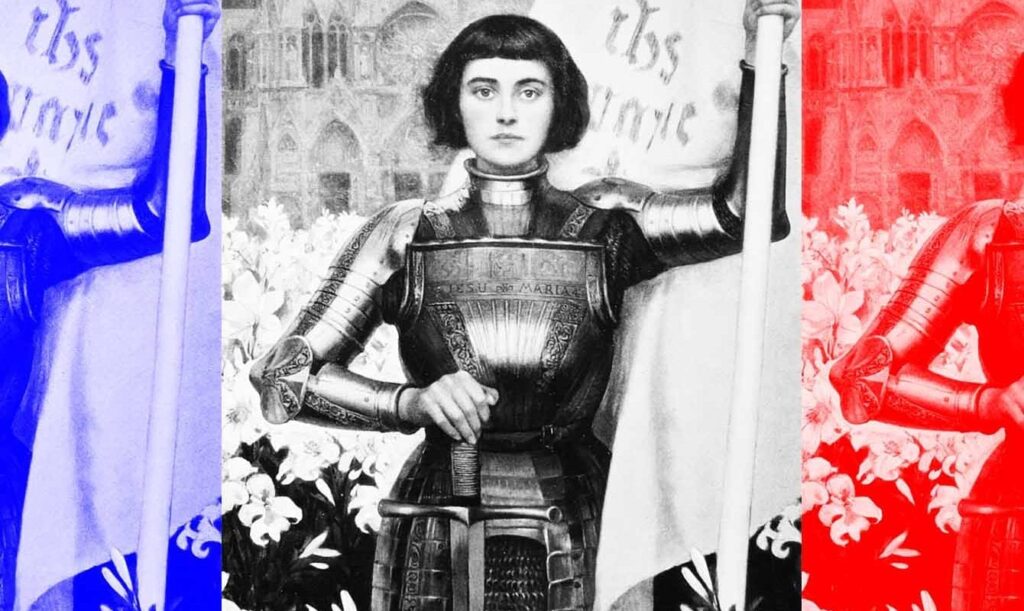Witch trials, historically fraught with fear, superstition, and a deep-seated mistrust of the unfamiliar, form one of the darkest chapters in human history. These trials, primarily targeting women, exemplified an endemic misogyny that pervaded societies across different continents and epochs. This article delves into five of the most notorious witch trials, elucidating how each event underscores a pervasive misogyny, and examines the socio-cultural underpinnings that led to the persecution of women under the guise of eradicating witchcraft.

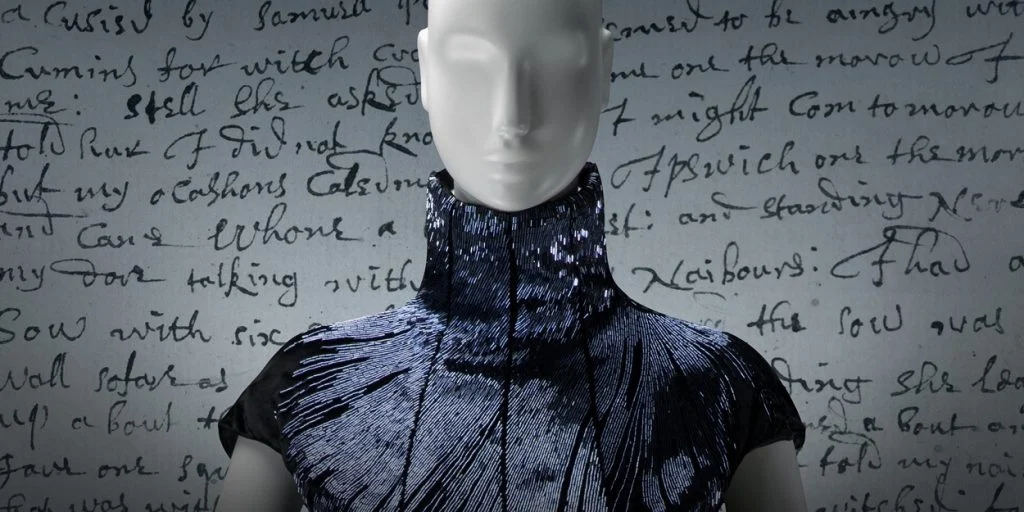
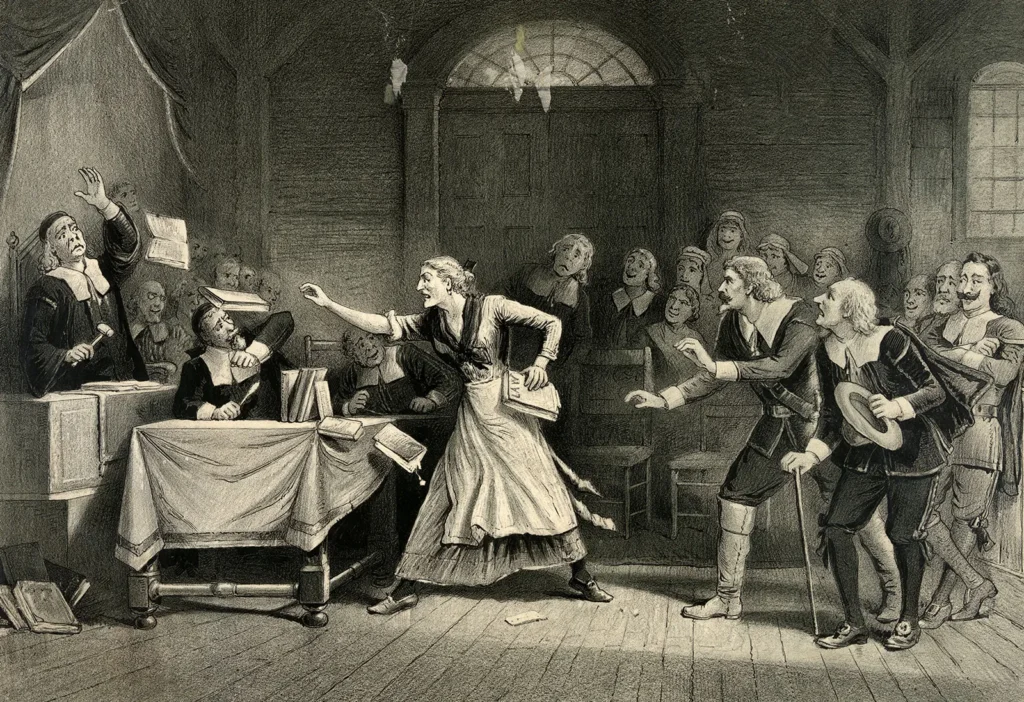
1. The Salem Witch Trials (1692-1693)
Historical Context
The Salem witch trials stand as the quintessential symbol of mass hysteria and judicial miscarriage. Between February 1692 and May 1693, in the Puritan settlement of Salem, Massachusetts, over 200 individuals were accused of witchcraft, and 20 were executed. This frenzy was catalyzed by the strange behavior of a group of young girls who claimed to be possessed by the devil and accused several local women of witchcraft.
Misogynistic Underpinnings
The Salem witch trials were deeply rooted in misogyny. Of the 20 individuals executed, 14 were women, many of whom were vulnerable members of society, such as widows or women who deviated from the puritanical norms of behavior. Women like Sarah Good, an impoverished and pregnant beggar, were easy targets due to their low social status and non-conformity to the Puritan ideal of submissive womanhood.
Analysis
The trials in Salem were not merely about eradicating witchcraft but about controlling women who transgressed societal norms. The community’s fear of independent women, who could potentially undermine the patriarchal structure, manifested in accusations of witchcraft. The theological doctrine of the time, which portrayed women as more susceptible to sin and therefore more likely to consort with the devil, further exacerbated this gendered persecution.
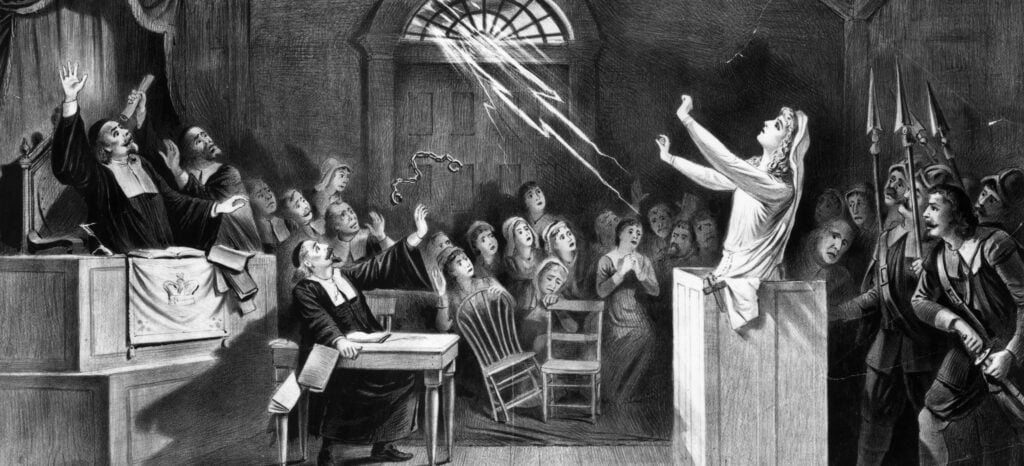
2. The Pendle Witch Trials (1612)
Historical Context
The Pendle witch trials in Lancashire, England, are among the most infamous witchcraft prosecutions in English history. Twelve individuals, mostly women, were accused of witchcraft, leading to ten executions. The accusations arose in a climate of religious and political instability, where superstitions were rife, and the monarchy was eager to enforce religious conformity.
Misogynistic Underpinnings
The Pendle trials predominantly targeted women, reflecting a broader societal fear of female autonomy. The accused women, such as Elizabeth Southerns (also known as Demdike), were often older, impoverished, and reliant on local charity. They were thus seen as a burden and an anomaly within the rigid social structure.
Analysis
The Pendle trials illuminate the intersection of misogyny and economic instability. The demonization of these women can be viewed as an attempt to reinforce patriarchal control and marginalize those who were seen as threats to the social order. Women who lived outside the conventional family structure or who exhibited knowledge of herbal remedies and midwifery were often targets, as their independence and knowledge posed a challenge to male authority.
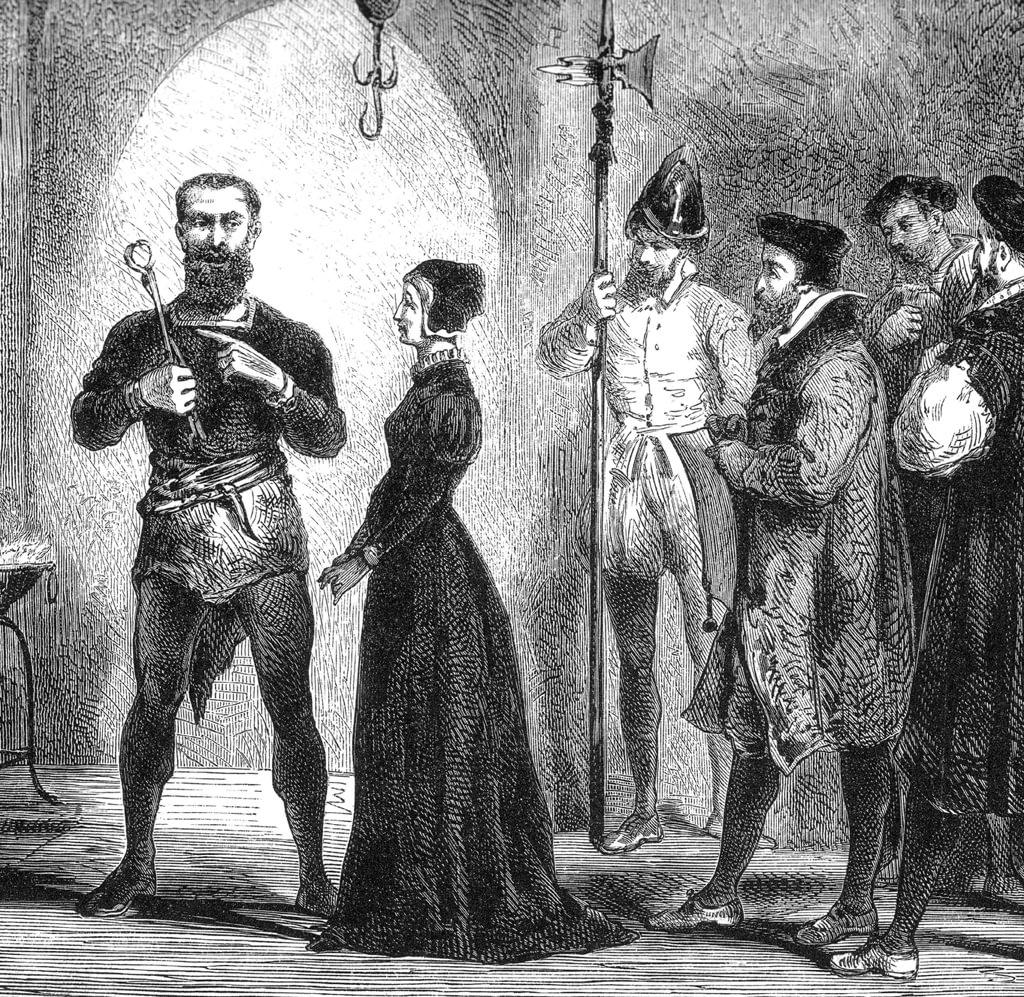
3. The Würzburg and Bamberg Witch Trials (1626-1631)
Historical Context
The Würzburg and Bamberg witch trials, part of a larger wave of witch hunts in Germany during the early 17th century, resulted in the deaths of hundreds, if not thousands, of individuals. These trials were marked by their extreme brutality and the sheer scale of executions, reflecting the height of witch hysteria during the period.
Misogynistic Underpinnings
Although men were also victims, a significant proportion of those executed were women. The trials often targeted women who were perceived to be outsiders or who did not adhere to the strict social and moral codes of the time. Women who were independent or who possessed property were particularly vulnerable, as their existence outside the patriarchal family structure was perceived as a threat.
Analysis
The intensity of the Würzburg and Bamberg trials can be attributed to the intersection of religious fervor and deep-seated misogyny. The trials served as a mechanism to reinforce gender hierarchies and maintain social control. The portrayal of women as inherently sinful and more susceptible to the devil’s influence was a convenient justification for their persecution, allowing male authorities to suppress any challenges to their dominance.

4. The Torsåker Witch Trials (1675)
Historical Context
The Torsåker witch trials in Sweden were among the largest and deadliest in Scandinavian history. Conducted in the parish of Torsåker in 1675, these trials led to the execution of 71 individuals, predominantly women. The trials were driven by local clergy and community leaders who claimed to be ridding the community of witches based on testimonies from children who claimed to have witnessed witch gatherings.
Misogynistic Underpinnings
The Torsåker trials, like many others, disproportionately targeted women. Many of the accused were older women who lived alone or were otherwise marginalized within the community. The reliance on the testimonies of children, who were often coerced or influenced by adults, further highlights the gendered nature of these accusations.
Analysis
The Torsåker witch trials illustrate how misogyny was intertwined with religious and social control mechanisms. Women who did not conform to societal expectations were easy targets for accusations of witchcraft. The trials served to reinforce the subordinate position of women within the community, using fear and violence to eliminate those who deviated from patriarchal norms.
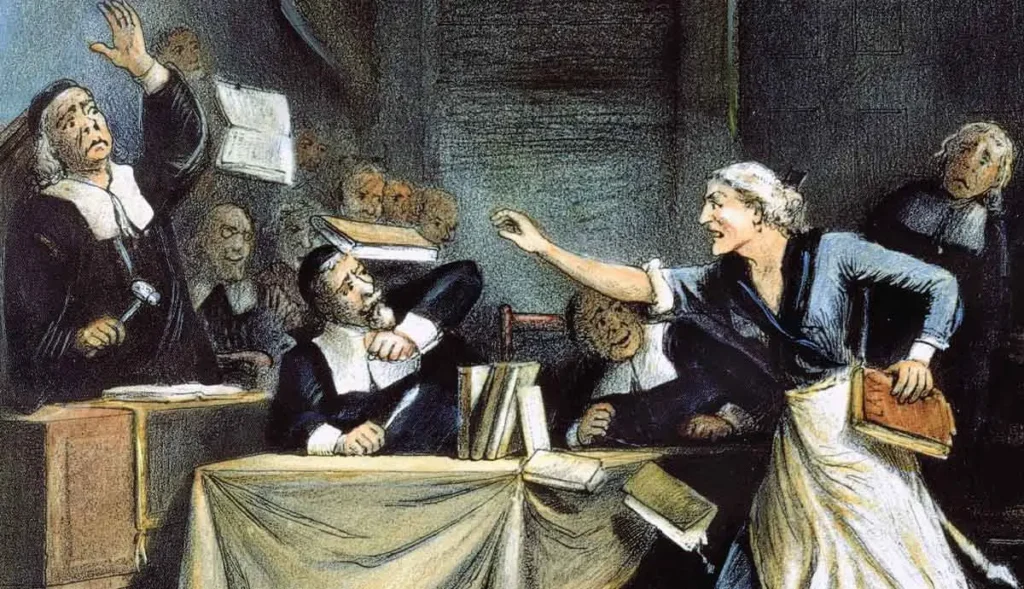
5. The Great Scottish Witch Hunt of 1597
Historical Context
The Great Scottish Witch Hunt of 1597 was the second major witch hunt in Scotland and led to the prosecution of hundreds of individuals, primarily women. This wave of hysteria was influenced by King James VI’s obsession with witchcraft and his belief that witches were plotting against his reign. The trials were characterized by widespread panic and the use of torture to extract confessions.
Misogynistic Underpinnings
The Scottish witch hunts disproportionately targeted women, reflecting societal fears of female power and independence. Women who were outspoken, who practiced traditional healing, or who lived alone were particularly vulnerable. The use of torture to extract confessions often led to the persecution of those who were already marginalized within society.
Analysis
The Great Scottish Witch Hunt underscores the intersection of misogyny, political instability, and religious fervor. The targeting of women during these trials can be seen as an effort to suppress female autonomy and reinforce patriarchal control. The demonization of women as witches served to justify their persecution and maintain the societal status quo, ensuring that women remained subordinate and powerless.
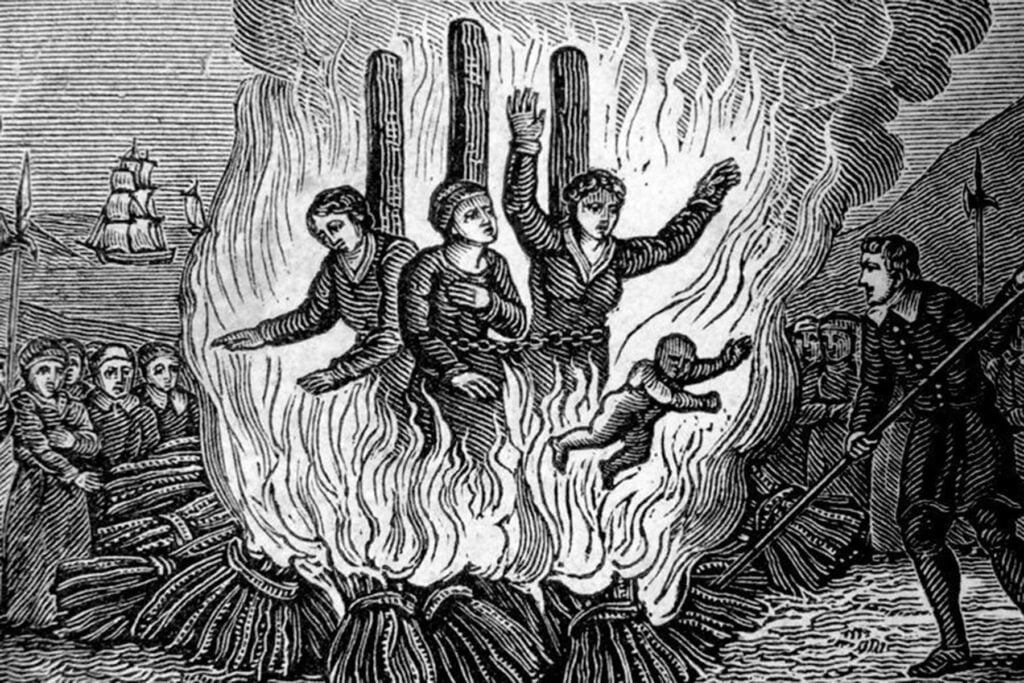
Final Words
The history of witch trials is a testament to the pervasive and systemic misogyny that has shaped human societies. These trials, fueled by fear, superstition, and a desire to control and subjugate women, reveal the deep-seated anxieties about female power and independence. By examining the Salem, Pendle, Würzburg and Bamberg, Torsåker, and Great Scottish witch trials, we gain insight into how misogyny operated through legal and social institutions to perpetuate the subjugation of women.
In each case, the persecution of women under the guise of eradicating witchcraft served to reinforce patriarchal structures and suppress any challenges to male authority. The portrayal of women as inherently sinful and susceptible to the devil’s influence provided a convenient justification for their persecution, allowing societies to marginalize and control those who did not conform to patriarchal norms.
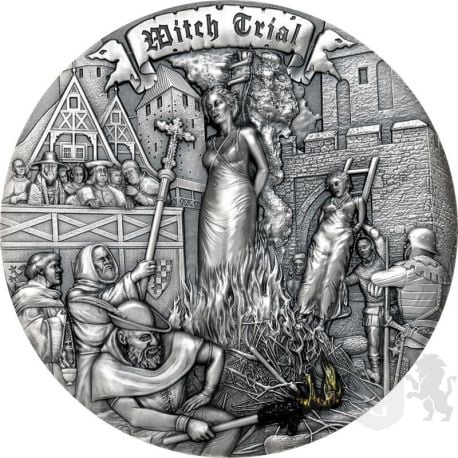

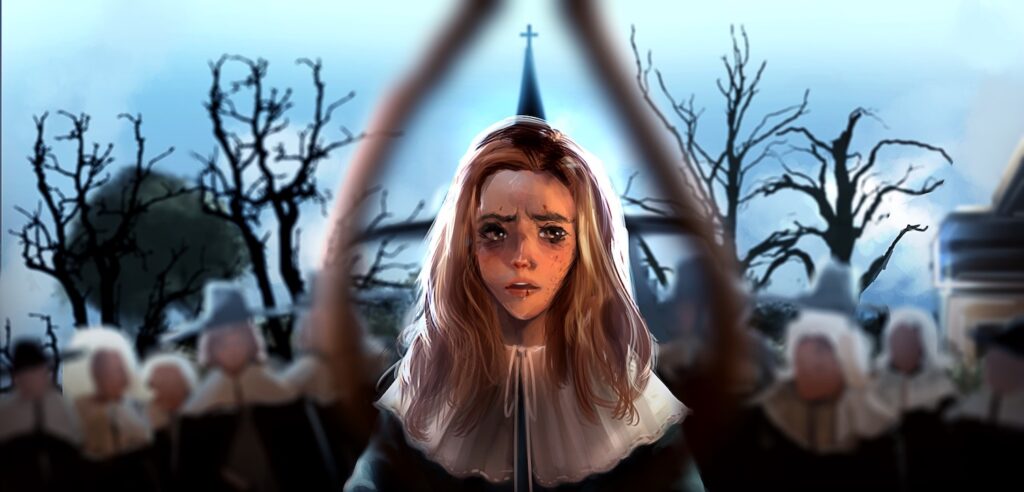
As we reflect on these historical events, it is essential to recognize the enduring legacy of misogyny and its impact on women’s lives. The witch trials serve as a stark reminder of the dangers of unchecked fear and prejudice and the importance of challenging systems of oppression that continue to marginalize and persecute women. By understanding the historical context and underlying motivations of these trials, we can work towards a more just and equitable society that values and respects the autonomy and dignity of all individuals, regardless of gender.
